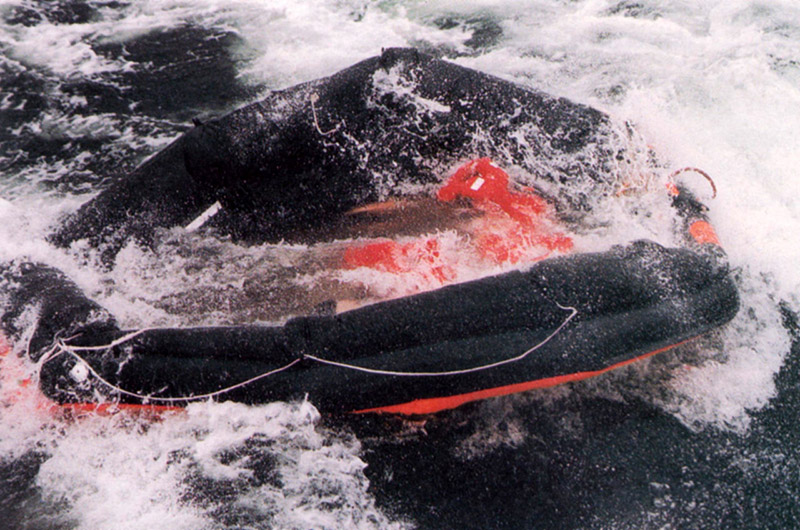Many assumptions were made by everyone from the vessel managers and crew to the passengers themselves before the ferry Estonia set out on her final, fateful voyage in 1994.
They all assumed, presumably, that the vessel would not capsize and sink or they never would have left port. And why not, the voyage had always gone smoothly before? The daily operation of a vessel — almost any vessel — requires that certain assumptions have to be made.
For instance, unless there’s specific knowledge or evidence to the contrary, we assume that if we operate a given vessel in compliance with its stability letter then that vessel will be stable enough to safely operate within its design limitations. We also assume that the maximum number of passengers allowed by a vessel’s Certificate of Inspection (COI) can be carried without undue risk.
Then we enter murkier waters. Is the minimum manning allowed by that same COI realistic? Will it prevent fatigue from getting the better of the crew? Are Coast Guard-licensed or -certificated mariners fully qualified in a meaningful sense? Do they possess the skills, knowledge and ability to serve in the position they are licensed or have the certificate for? Will they be able to work effectively as a team member with the rest of the crew? If you don’t get the answers to these crucial questions, it can easily lead to danger.
However, we shouldn’t extend that willingness to make reasonable inferences or assumptions to other items like pre-voyage equipment tests and checks. Steering gear, among many other things, should be tested each time before getting underway. Just because it worked the last time is no guarantee that it will work this time. So we test it.
Any of the aforementioned assumptions may be wrong. History is littered with examples of them, and some have led to horrible tragedies. If you don’t want to become a statistic, establish a different mindset. You must be willing to question and test assumptions, not blindly follow them.




